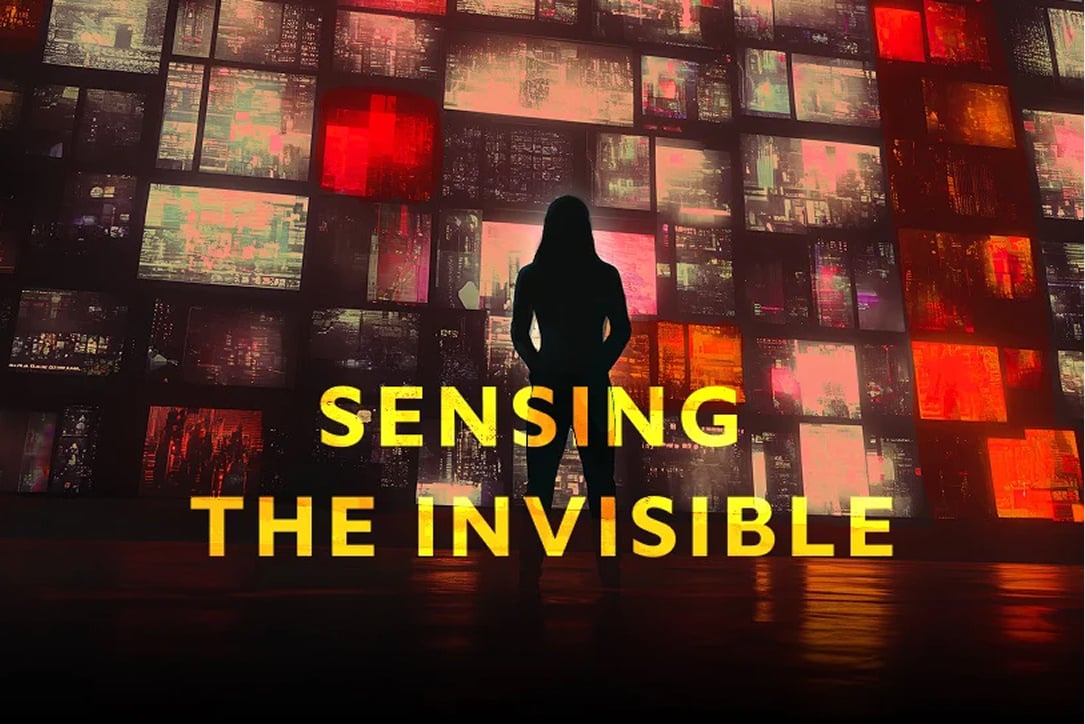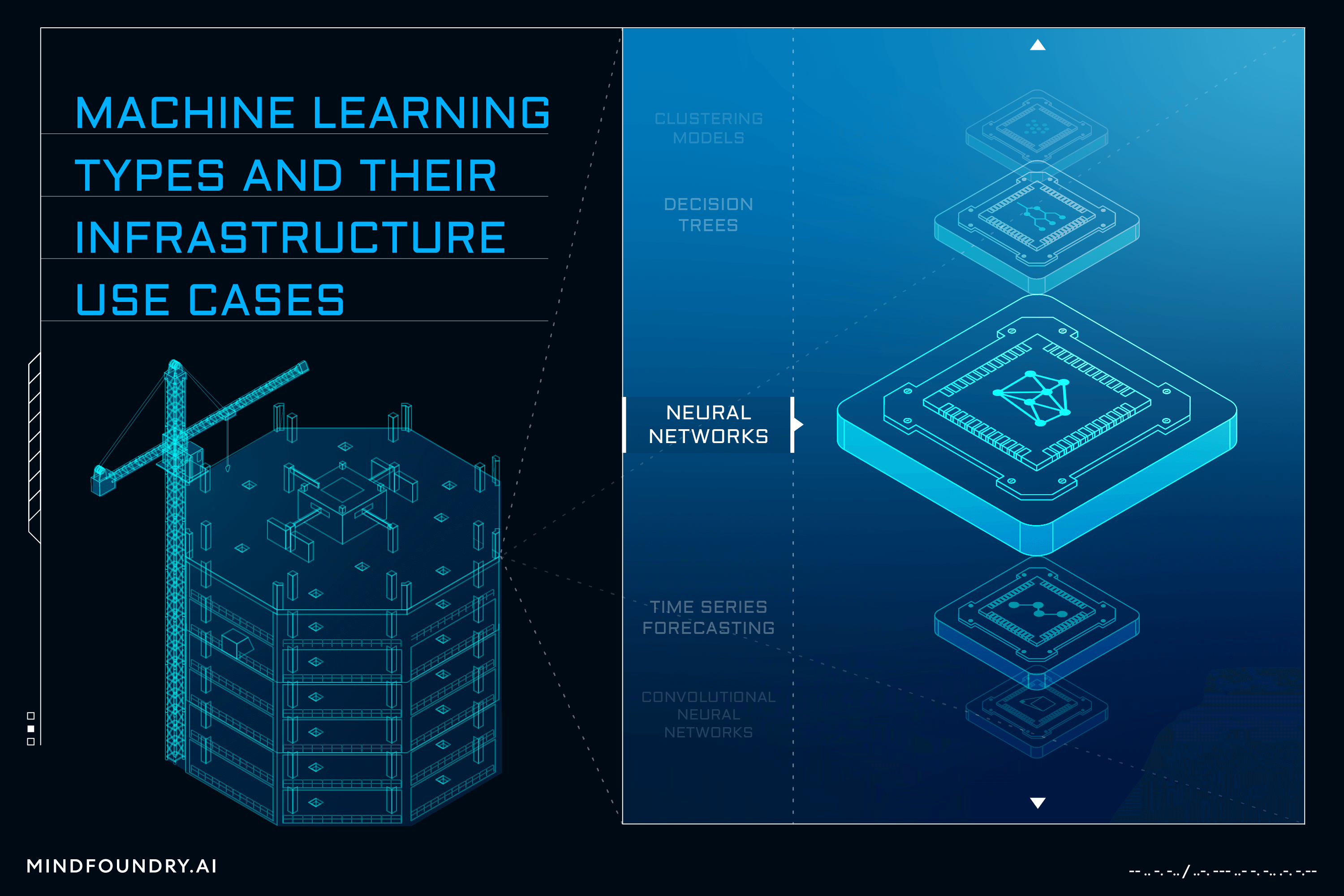AI for Sensor Fusion: Sensing the Invisible
In Defence and National Security, mission-critical data often emerges from a multitude of different sensor types. With AI, we can bring this...

This is the second edition of our Measurement and Signature Intelligence (MASINT) series, in which we explore applications of cutting-edge technology in the UK Defence and National Security sector. In Part 1, “Seeing with Sound”, we discussed complex signal processing and how AI can provide acoustic intelligence to help navigate the underwater environment using sonar data.
In this next edition, we look at the value that can be created in complex environments by fusing data from a multitude of different sensor types, each with its own specific signal characteristics. If the individuals tasked with processing this data are to be successful, they must first combine this multi-sensor data and acquire a unified view of the environment. Once again, the natural world provides perfect examples of how this can be achieved.
The natural world is an unforgiving space where plants and animals compete for a finite supply of resources. Apex predators often achieve dominance in this environment by developing excellence in one sensor type. For example:
But some apex predators go one step further, fusing multiple senses to dominate their environment. Sensor fusion. In no animal is this as evident as in the case of Sphyrnidae, the hammerhead shark. This species is uniquely engineered to use a complex combination of sensing capabilities that set it apart from other animals. A powerful sense of smell, sharp vision, acute hearing, and refined taste all act in concert.
The hammerhead shark also possesses a lateral line, a row of sensory cells running along the length of its body to detect the slightest pressure changes in water. Even its cephalofoil (the distinctive hammer-shaped head) is designed to maximise the surface area of specialised jelly-filled organs that give it unique electroreception abilities. With sensitivity to 5 nano volts per centimetre, the hammerhead shark can detect the electrical signal of the smallest muscle twitch, even in prey hidden beneath the sand. It is nature's ultimate sensor fusion predator.
What if humans could replicate this capability? What if we could use the power of AI to integrate data from multiple sensors and process it to create a unified view and detect that which we can’t see?
Before the 20th century, human senses were enough to observe the environment and make decisions in contested settings. For thousands of years, our senses were the limiting factor in warfare — opponents could be identified with the naked eye, targeted by hand, and avoided through natural reaction speeds. But as technology advanced, it began to outstrip our ability to sense and respond. Planes became faster, submarines quieter, and weapons more powerful. Against this backdrop of constant progress, the stakes grew ever higher — and single sensors could no longer keep pace with the threat.
The challenge came into sharp focus during the Vietnam War. North Vietnamese supply trucks, cloaked by dense jungle and moving under the cover of night, slipped past conventional surveillance again and again. What followed was the breakthrough that was needed to disrupt enemy supply lines: analysts uncovered a faint but consistent electromagnetic signature emitted by the ignition systems of Soviet-era trucks. It was a signal hidden in the noise — imperceptible with human senses but detectable by the right technology. In response, US aircraft were swiftly outfitted with specialised sensors, able to pick up those signatures from more than 10 miles away, piercing the jungle from high above.
Combined with other sensors, like infrared cameras to detect heat signatures, and informed by an understanding of the underlying physics of the truck's systems, enemy troop movements and supply lines that had once been invisible could now be detected from aircraft flying high above the jungle canopy. By fusing sensors together in this way, a new intelligence discipline was born. MASINT.
This was the birth of a new kind of intelligence. Measurement and Signature Intelligence, or MASINT. An intelligence discipline created at the edge of what technology could perceive — built not just on what can be seen but on what can be sensed.
MASINT remains one of the most technically demanding intelligence disciplines. And for those tasked with interpreting its data, three challenges stand in the way.
In Defence and National Security, it is imperative to make accurate decisions in short timeframes, often in high-pressure situations. Operators frequently rely on sensor data to guide those decisions — but as the number of sensors increases and the volume of data they produce grows exponentially each year, it’s becoming impossible for a human to keep up. The sheer scale of incoming signals has outpaced the cognitive limits of even the most experienced teams. Even worse, the most relevant information often jumps unpredictably between different sources — one feed demanding urgent attention, only to be interrupted by another claiming even greater importance. In these moments, critical signals compete for the operator’s focus, like alarms going off in every room, making it harder than ever to know where and when to look.
Traditionally, each sensor is handled by a different operator or team, with data processed separately before results are combined. This creates silos — isolated pockets of information that make it hard to see the full picture. In complex environments where threats are subtle and signatures are incomplete, no single sensor can tell the whole story. And when each piece of data is trapped on a different screen, in a different system, or in a different mind, opportunities to connect the dots are missed. What’s needed isn’t more eyes on more sensors — it’s a way to bring them together into one shared understanding.
Modern sensing systems are incredibly diverse — different types of sensors capture different kinds of data at different rates and in entirely different formats. No single operator can be an expert in all of them. Some measure heat, others detect vibrations, electromagnetic fields, or sound — and each requires its own specialised knowledge to interpret correctly. This makes it nearly impossible for one person, or even a team, to keep pace with the range and complexity of signals in the field. Scaling up by simply adding more people isn’t sustainable. The challenge isn’t just the volume of data — it’s the variety and the deep expertise needed to make sense of it all.
In the complex, fast-moving battlespace of today, threats are becoming more advanced, more lethal, and far harder to detect. Yet our current approaches to sensing — fragmented, manual, and overloaded — are struggling to keep up. Operators are drowning in data. Insights are trapped in silos. And the vast variability of sensors makes it nearly impossible to scale our response using traditional methods alone.
What we need is not just more data — we need more intelligence.
What if we could cut through the noise, identifying the signals that matter with precision and speed?
What if we could fuse sensors in real-time, not just to collect more information, but to understand it — and act on it?
This is the promise of AI-driven sensor fusion. Inspired by nature — where animals combine inputs across senses to survive and thrive — we now have the opportunity to do the same on the digital battlefield. By uniting disparate sensors into a single, intelligent system, we can deliver real-time insight, reduce operator burden, and achieve the kind of situational awareness that shifts outcomes.
In a world where the invisible often decides the outcome, MASINT — supercharged by AI — is how we begin to see again.
Click below to watch the full short film, Sensing The Invisible.👇

In Defence and National Security, mission-critical data often emerges from a multitude of different sensor types. With AI, we can bring this...

When used by malicious actors or without considerations for transparency and responsibility, AI poses significant risks. Mind Foundry is working with...

AI and Machine learning is a complex field with numerous models and varied techniques. Understanding these different types and the problems that each...